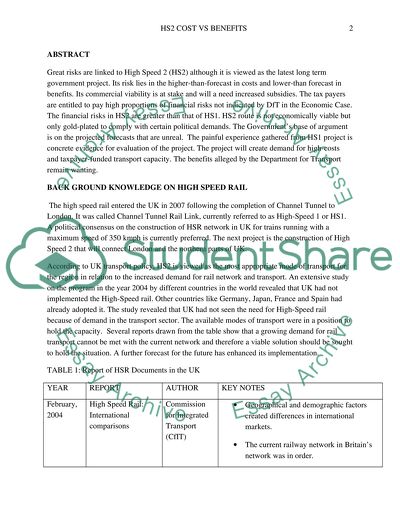Cite this document
(“HS2- cost vs benefits Dissertation Example | Topics and Well Written Essays - 2750 words”, n.d.)
Retrieved from https://studentshare.org/engineering-and-construction/1396411-hs2-cost-vs-benefits
Retrieved from https://studentshare.org/engineering-and-construction/1396411-hs2-cost-vs-benefits
(HS2- Cost Vs Benefits Dissertation Example | Topics and Well Written Essays - 2750 Words)
https://studentshare.org/engineering-and-construction/1396411-hs2-cost-vs-benefits.
https://studentshare.org/engineering-and-construction/1396411-hs2-cost-vs-benefits.
“HS2- Cost Vs Benefits Dissertation Example | Topics and Well Written Essays - 2750 Words”, n.d. https://studentshare.org/engineering-and-construction/1396411-hs2-cost-vs-benefits.


